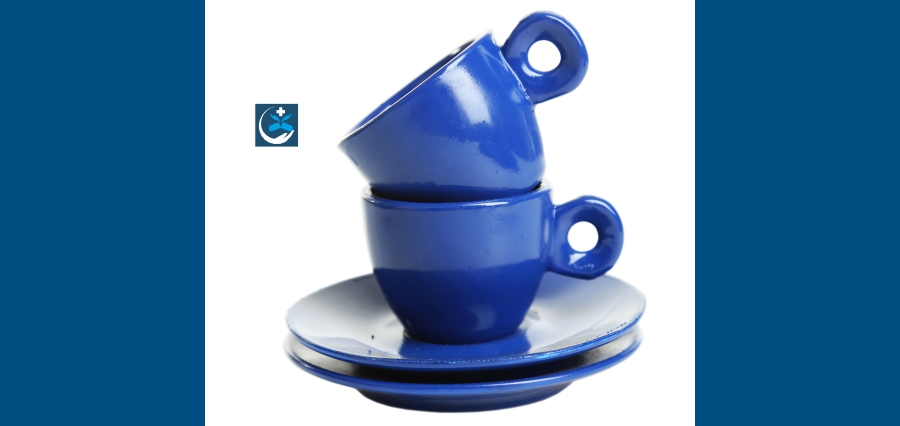Among the pool of resources gifted to humankind, life has been the most precious one. This gift is cherished if one practices healthy living and leads a fit lifestyle. This fact has been underscored even further after the latest black swan event that the world faced together.
Though the event came along with the chaos of uncertainty, instability, and much more, what brought peace amidst it was the committed medical fraternity. In their chain of efforts, the pharmaceutical industry steered them further to provide the world with comfort and restore healthy functioning with its tireless endeavors to craft solutions and innovations for the global population.
To deliver this as per the dynamically evolving health intricacies of the world, it became necessary for this industry to break through the routine cycle and indulge in transformations that not only cure but also heal, guaranteeing longevity.
The blog brings you some of the ways in which the industry has re-dressed itself/changed its cloaks to prepare for the post-pandemic world and march forward in its mission of healthyfying lives.
Let us dive in further to explore the industry’s new face!
Improving with Digitization
The first step towards initiating progress in any industry today is mingling in with digital networks. The benefits accrued from this integration are vast, which include ease of operability, improvisation, lessened hassles, and much more.
The pharmaceuticals industry is also following this path to advance its operations, deliveries and research and development.
It has grouped up with artificial intelligence to improve its operational quality. With AI, the industry has been able to control its operations and speed up drug delivery processes. Now it has transitioned from “quality control” to “process automation,” resulting in increased productivity and efficiency and has expedited the manufacturing process.
Another advantage granted to it by AI is – cost cutting, as it targets the problem precisely, reducing the number of trials and minimizing the number of repetitive tasks performed while identifying the issues at hand. AI has led to actionable intelligence through information management, leading to prompt discovery of diseases and decreasing the time required in the process further.
The pharmaceutical sector is also transforming medical treatment with Digital Therapeutics, which provides a network-based system to detect and treat any medical conditions. They also suggest personalized health recommendations to their patients and reminders related to intake of medications.
Considering the patient data needed to be available to perform the above action, big data and analytics have come at the right time to aid the industry in organizing these huge and complex data sets. As a consequence, the above objective of facilitating digital therapies has been achieved which are further backed by the precision and structuring offered by predictive analysis techniques applicable to the big data sets.
Though the lightning speed is provided by digitization to the industry, the brakes need to be applied to check the safety of the products thoroughly; scientists and researchers in the field, along with international institutes like WHO, have called for revamping and enhancing the pharmacovigilance system.
Speeding up Pharmacovigilance
The intrusions of various parasites in normal life may never stop, but what could possibly affect in treatment of them effectively is negligence.
The reason for speeding up pharmacovigilance was well highlighted during the pandemic, that was propelled by vaccine research and delivery, followed by the case of adverse events during this process.
The challenges to providing effective, speedy, yet safe drugs have been partially relieved off the shoulders of human hands engaged in the pharma industry by the brains of technology. Automation integrated with operational cloud systems is expected to fully integrate data systems of patients, researchers, regulators, and drug inventions in order to enhance the current fabric of pharmacovigilance globally.
The remaining partial contribution towards enhancing the system is made by international initiatives in the form of organizations, regional groupings, treaties, and much more. The first step to drive this has been based on contemporary market requirements.
As per industrial research, that current need is regulatory harmonization. The Food and Drug Authority has paved its way towards guaranteeing this to the world by the creation of international bodies like the International Council for Harmonization, the International Pharmaceutical Regulation program, the Pharmaceutical Inspection Cooperation Scheme and more.
The transformative approach of the industry towards inculcating a safer process and drug delivery needs to be imbibed by aspiring young minds. The absorption of these professional ethics and values can be only possible when pharmaceutical education helps the roots to grow deeper and stronger.
Furthering Education
Medicinal research has dynamically shaped itself as per climatic changes as well as evolutionary timelines. In this process, what has guided it are books, experts, discoveries and ideas, and technology, all connected under the umbrella of academics.
To supplement the demand for personalized medicines, pharmacogenomic education is becoming the new trend.
As per active studies, an improved understanding of this subject can foster better medical research and precision in the journey towards new drug discovery and delivery. It is also useful for inpatient care and clinical research as it emphasizes targeting the right set of genes that may be affected in case of any medical situation or new health development.
Along with the classroom environment, the focus has evidently shifted towards imparting richer in-hand experience in the industry. While lockdowns that were imposed globally paused this moment for many students, and in the post-pandemic recovery of the education sector, it has brought on-field expertise into the limelight. Laboratories are being upgraded; they are redesigned to allow students to experiment and research further; other than this, technological advancements in equipment have been noted and are being duly incorporated with a step-wise approach in universities worldwide.
While the above transformations note the supplier side of the story, it is equally important to note the transformations undergoing on the sector’s consumer side.
Reimagining Customer-Industry Relations
As the success of every transformation made will be directly correlated to the demand made, the pharma industry has taken steps to improve its touch with its beneficiaries. The adoption of Customer Relationship Management software has been the first step towards this.
The software has automated the one-way process and has converted it into a two-way process, where feedback from customers is studied by technology and is incorporated when the next set of operations is about to happen.
It has opened up avenues to gather, store, and read consumer health data and replicate and if possible, enhance the earlier experience. This has also proven as a healthy challenge for the industry and has led it to take positive steps in order to accelerate inventions in drug discovery and delivery.
The New Dawn
Full stops aren’t a norm when it comes to industrial or sectoral expansion or metamorphosis. This is the idea that leads an industry to bloom, convert and upgrade itself to deliver beyond what’s best.
The transformations taken up by the pharmaceutical industry in the post-pandemic recovery phase are realized in its growth curve, which is expecting a CAGR of 11.34 percent from 2021 to 2028. The industry still has a long way to go as health is an evolving concept. It will continue to morph itself into a butterfly that eventually aids the UN’s sustainable goals till doom’s day arrives.
Till then, it is just progress on the industry’s cards.
Read More Blogs: Click Here







